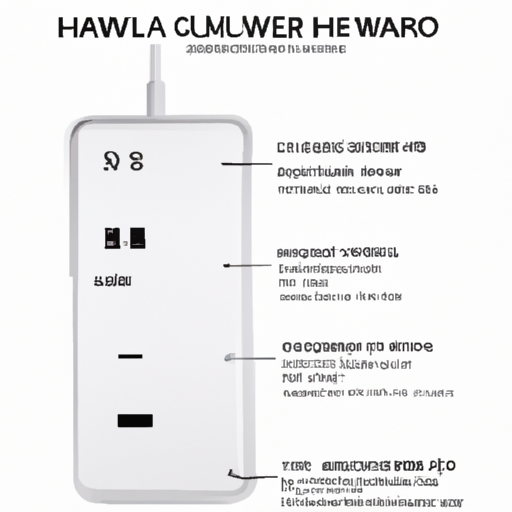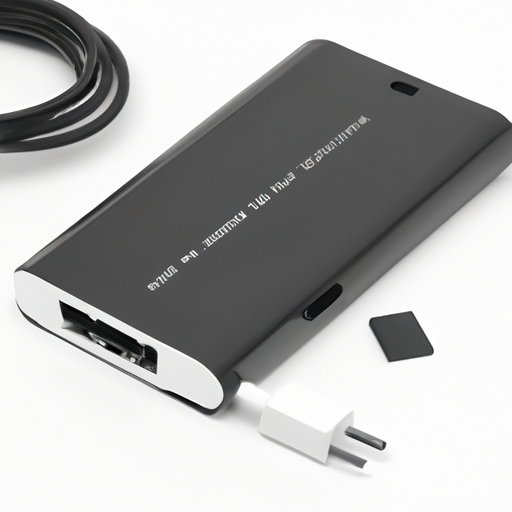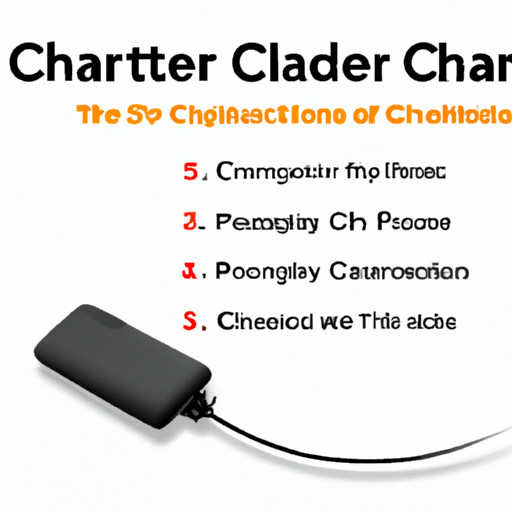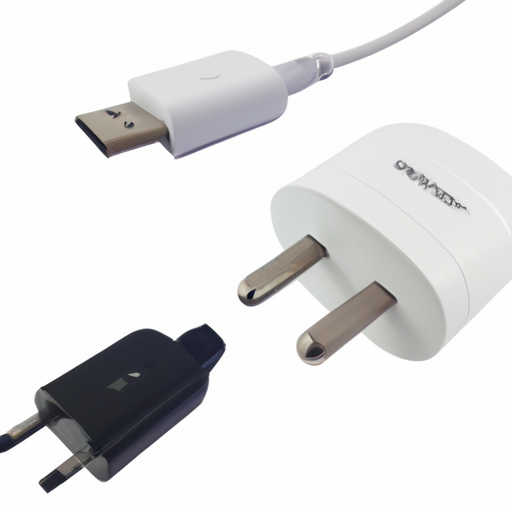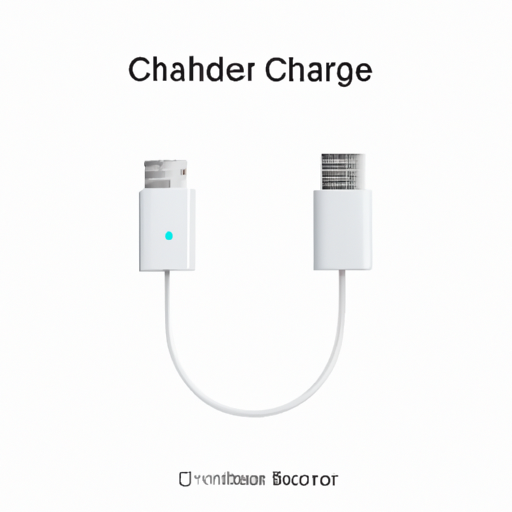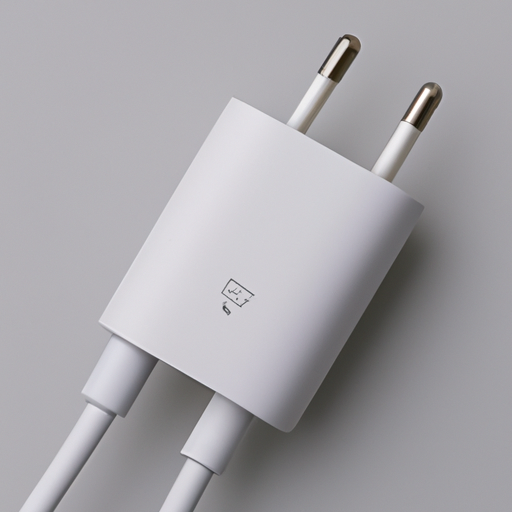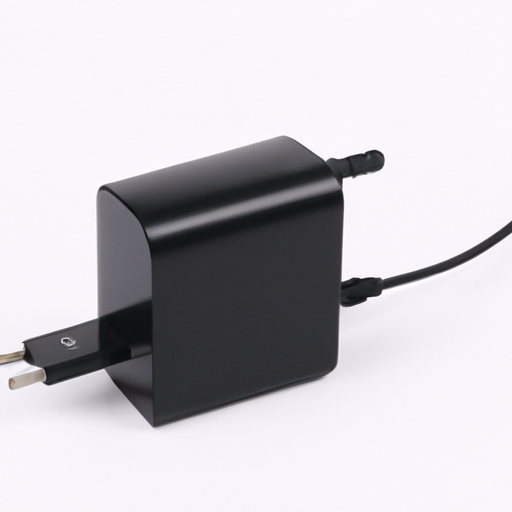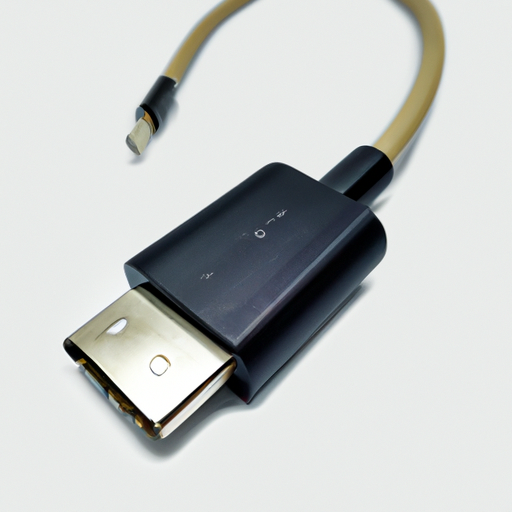How to Classify Huawei 4C Charger
Introduction
In today's fast-paced technological landscape, chargers play a crucial role in ensuring that our devices remain powered and functional. With the proliferation of smartphones, tablets, and other electronic gadgets, understanding the specifications and classifications of chargers has become increasingly important. Huawei, a leading technology brand known for its innovative products, offers a range of chargers, including the Huawei 4C charger. This article aims to provide a comprehensive guide on how to classify the Huawei 4C charger, helping users make informed decisions about their charging needs.
1. Understanding Charger Specifications
1.1. Voltage and Amperage
To classify any charger, it is essential to understand its voltage (V) and amperage (A). Voltage refers to the electrical potential difference, while amperage indicates the flow of electric current. For instance, a charger with a voltage of 5V and an amperage of 2A can deliver a maximum power output of 10W (calculated as Voltage x Amperage). Matching the device's requirements with the charger specifications is crucial to ensure optimal charging performance and prevent damage to the device.
1.2. Power Output
Power output, measured in watts (W), is a critical specification for chargers. It determines how quickly a charger can charge a device. The Huawei 4C charger typically offers a power output of 18W, making it suitable for fast charging compatible devices. To calculate the power output, you can use the formula: Power (W) = Voltage (V) x Amperage (A). Understanding power output helps users select the right charger for their devices, ensuring efficient charging.
1.3. Charging Standards
Various charging standards exist, including USB, Quick Charge, and Power Delivery. These standards dictate how chargers communicate with devices to optimize charging speed and efficiency. The Huawei 4C charger supports Huawei's SuperCharge technology, which allows for faster charging times compared to standard chargers. Compatibility with these charging standards is essential for users to maximize their charging experience.
2. Identifying the Huawei 4C Charger
2.1. Physical Characteristics
The physical characteristics of the Huawei 4C charger can help in its identification. The charger is typically compact and lightweight, making it portable and easy to carry. It features a sleek design with a smooth finish, often in white or black. The charger includes a USB port for connecting charging cables, which is a standard feature in many modern chargers.
2.2. Model Number and Branding
To accurately classify the Huawei 4C charger, users should locate the model number, usually printed on the charger itself. This number is essential for verifying the charger's authenticity and specifications. Additionally, the Huawei logo is prominently displayed on the charger, serving as a mark of quality and reliability.
2.3. Color and Material
The color and material of the Huawei 4C charger can also aid in its identification. Commonly, the charger is available in white or black, with a plastic casing that is durable yet lightweight. The choice of materials not only affects the charger's aesthetics but also its heat dissipation capabilities during charging.
3. Classifying the Huawei 4C Charger
3.1. By Power Output
One of the primary ways to classify the Huawei 4C charger is by its power output. With a typical output of 18W, it is classified as a fast charger, suitable for a range of Huawei devices. Users should consider the power output when selecting a charger, as higher wattage can lead to faster charging times, especially for devices that support fast charging.
3.2. By Charging Technology
The Huawei 4C charger can also be classified based on the charging technologies it supports. It is compatible with Huawei's SuperCharge technology, which allows for rapid charging of compatible devices. This technology adjusts the voltage and current dynamically to optimize charging speed, making it a preferred choice for users with Huawei smartphones.
3.3. By Connector Type
Another classification criterion is the connector type. The Huawei 4C charger typically features a USB-A output, which is compatible with a wide range of charging cables. However, it is essential to note that some newer Huawei devices may utilize USB-C connectors. Users should ensure they have the appropriate cable to match their device's connector type for optimal charging.
4. Comparing the Huawei 4C Charger with Other Chargers
4.1. Comparison with Other Huawei Chargers
When classifying the Huawei 4C charger, it is helpful to compare it with other Huawei charger models. For instance, the Huawei 22.5W charger offers a higher power output, making it suitable for devices that require faster charging. However, the 4C charger remains a popular choice due to its balance of performance and portability.
4.2. Comparison with Competitor Chargers
In addition to comparing it with other Huawei chargers, users may also want to consider how the Huawei 4C charger stacks up against competitors from brands like Samsung and Apple. While Samsung's Adaptive Fast Charging and Apple's 20W charger offer similar performance, the Huawei 4C charger is often praised for its efficiency and compatibility with Huawei devices. Each charger has its advantages and disadvantages, and users should choose based on their specific needs and device compatibility.
5. Practical Considerations
5.1. Safety Features
Safety is a paramount concern when it comes to chargers. The Huawei 4C charger is equipped with several safety features, including overcharge protection and temperature control. These features help prevent damage to both the charger and the device being charged, ensuring a safe charging experience.
5.2. Usage Scenarios
The Huawei 4C charger is ideal for various usage scenarios, including home, office, and travel. Its compact design makes it easy to carry, while its fast charging capabilities ensure that users can quickly power up their devices when needed. Users should consider their device compatibility and charging needs when selecting the Huawei 4C charger for specific scenarios.
5.3. Maintenance and Care
To ensure the longevity of the Huawei 4C charger, users should follow some basic maintenance tips. Keeping the charger clean and free from dust, avoiding exposure to extreme temperatures, and using it with compatible devices can help prevent common issues. If users encounter problems, troubleshooting tips such as checking the cable and port for damage can be helpful.
Conclusion
Proper charger classification is essential for ensuring optimal performance and safety when charging devices. The Huawei 4C charger, with its impressive specifications and features, stands out as a reliable choice for Huawei device users. By understanding the charger's specifications, identifying its characteristics, and comparing it with other chargers, users can make informed decisions that enhance their charging experience. As technology continues to evolve, being aware of charger specifications will empower users to select the best charging solutions for their devices.
References
- Huawei Official Website: [Huawei](https://www.huawei.com)
- Charger Specifications and Standards: [USB Implementers Forum](https://www.usb.org)
- Fast Charging Technologies: [TechRadar](https://www.techradar.com)
This comprehensive guide aims to equip readers with the knowledge needed to classify the Huawei 4C charger effectively, ensuring they can make informed choices in their tech ecosystem.

